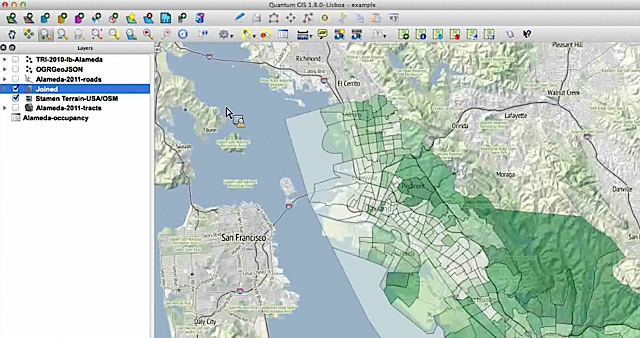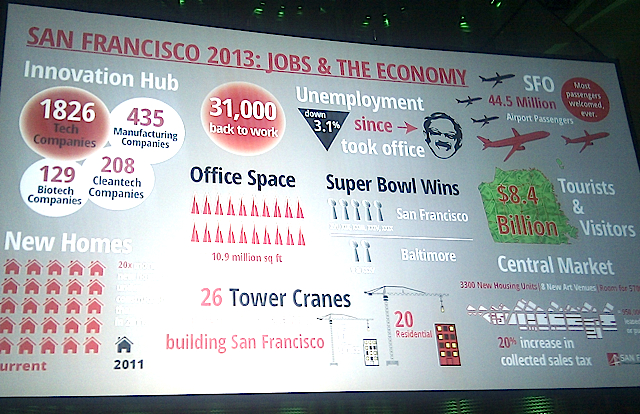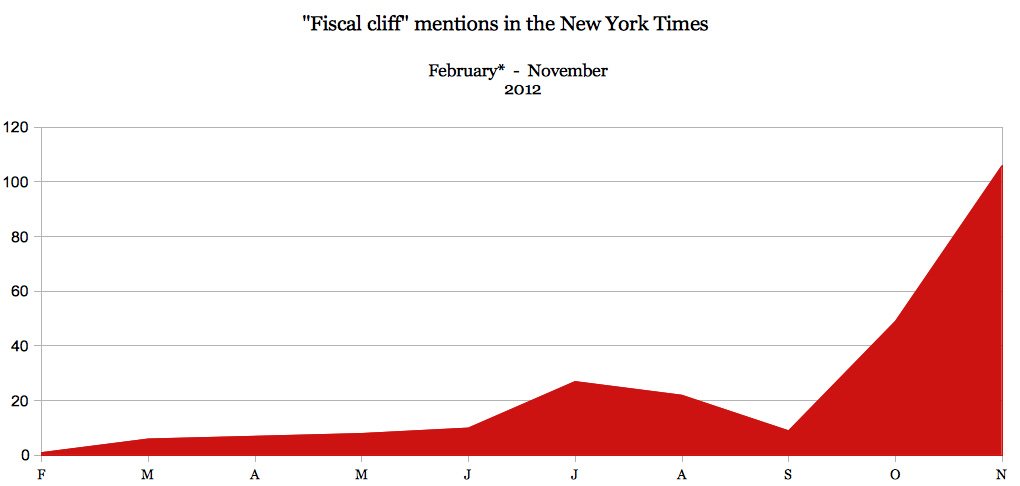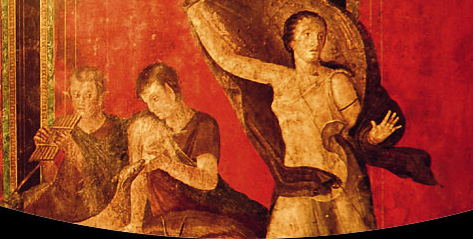
An interactive take on Snow’s original map with color by andreit on umapper.
Dr. John Snow put cholera on the map. Well, to be more precise, he mapped the cholera outbreak of the 1854 in London’s Soho, stacking up the deaths against a contaminated water pump and saving an untold number of lives.
Snow’s bicentennial birthday happens this month, on March 15. They’ll be raising a glass to him at the Soho pub bearing his name as well as holding a free symposium in his birthplace of York.
His map is the stuff of textbooks, from design guru Edward Tufte – who even made a pilgrimage to the water pump – and was set before us in the MOOC Infographics and Data Visualization course and KDMC’s two-day seminar on data as a paragon of good information design.
In both classes, the clean, simple map elicited a whoosh of “ahh!” from the students – you look and immediately get it. (The back story of Snow’s map makes it even more powerful – the good doc was laboring against local authorities who still believed the miasma theory.)
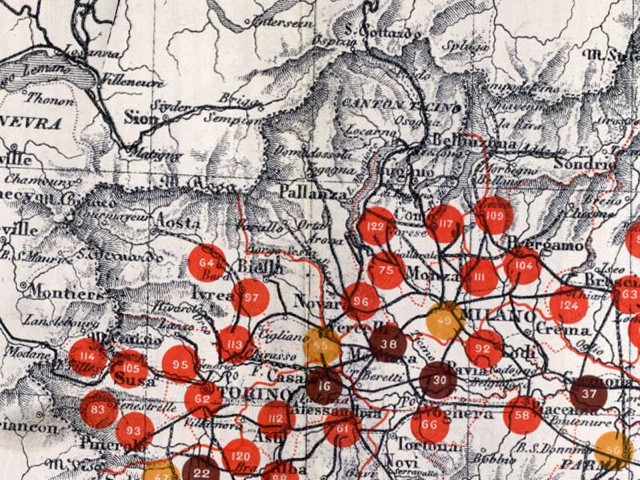
A detail of a 1940s malaria map of Italy. LSHTM Library & Archives.
His legacy lives on in health maps everywhere. The London School of Hygiene and Tropical Medicine (LSHTM) is hosting an art exhibit in Snow’s honor – you can check out some of the items, including the above gem of malaria outbreaks in fascist troops in Italy, here.
One of the big takeaways for me, as a novice, is how working with data is often a group effort. (Journalism, though it does require getting people to talk to you, is largely a solitary pursuit. Scribbling away in a garret or blogging with your laptop at a cafe doesn’t take a village.)
In his excellent The Ghost Map (public library), Steven Johnson recounts how Snow was helped out by local curate Reverend Henry Whitehead, one of the few people who kept knocking on doors and talking to people during the outbreak. Whitehead’s knowledge of those particular dark, odorous London streets proved invaluable, even though he first believed Snow was wrong.
It can be tempting to hover over your spreadsheets and tinker with your scripts, much like you might worry over the structure of an article, but involving the community makes a difference.


